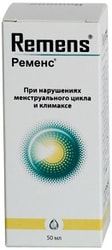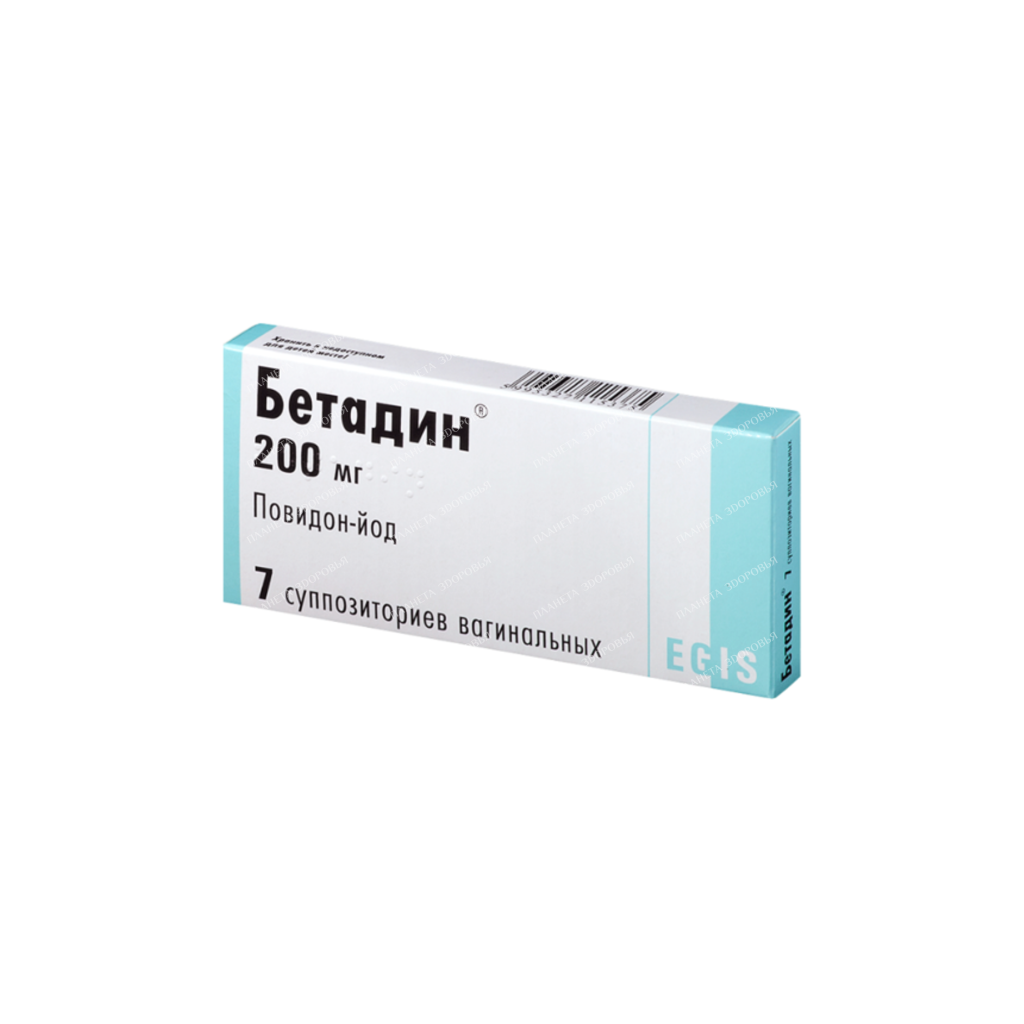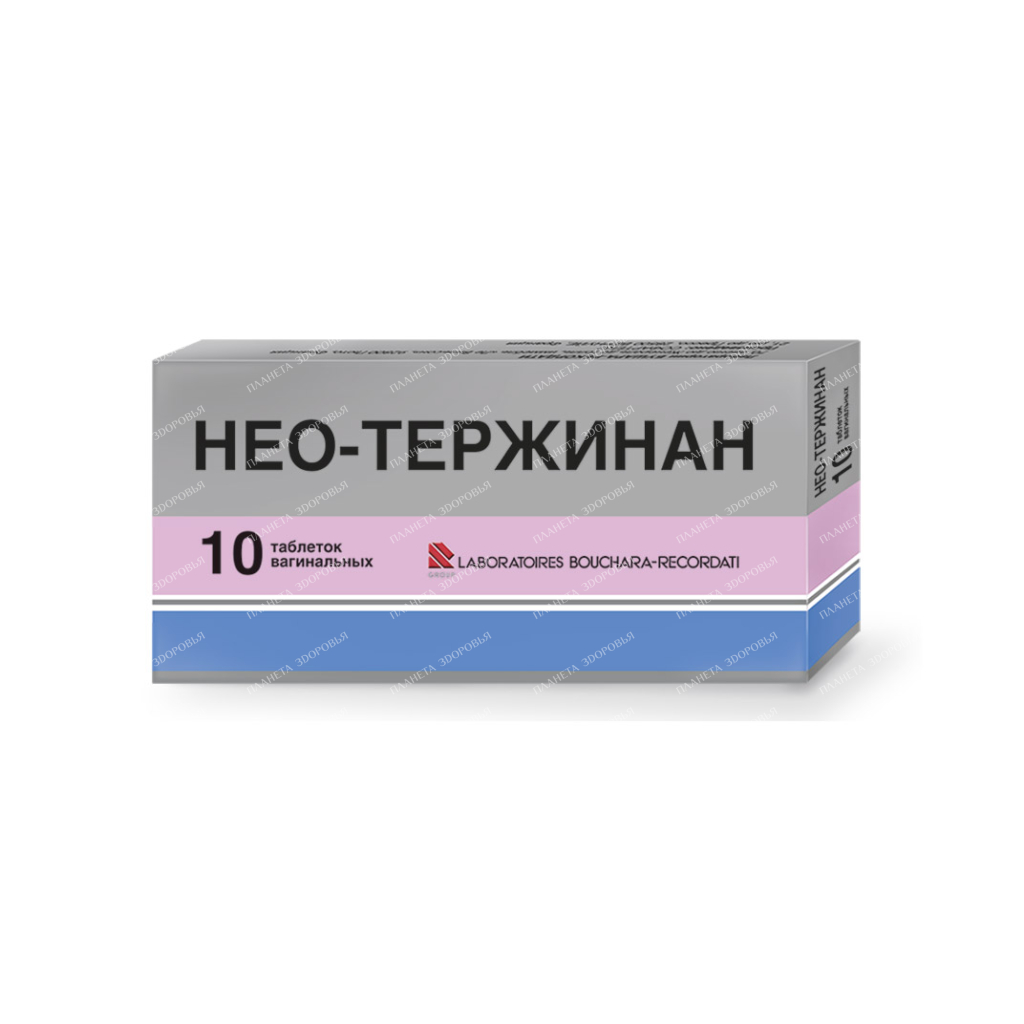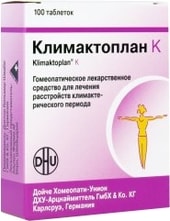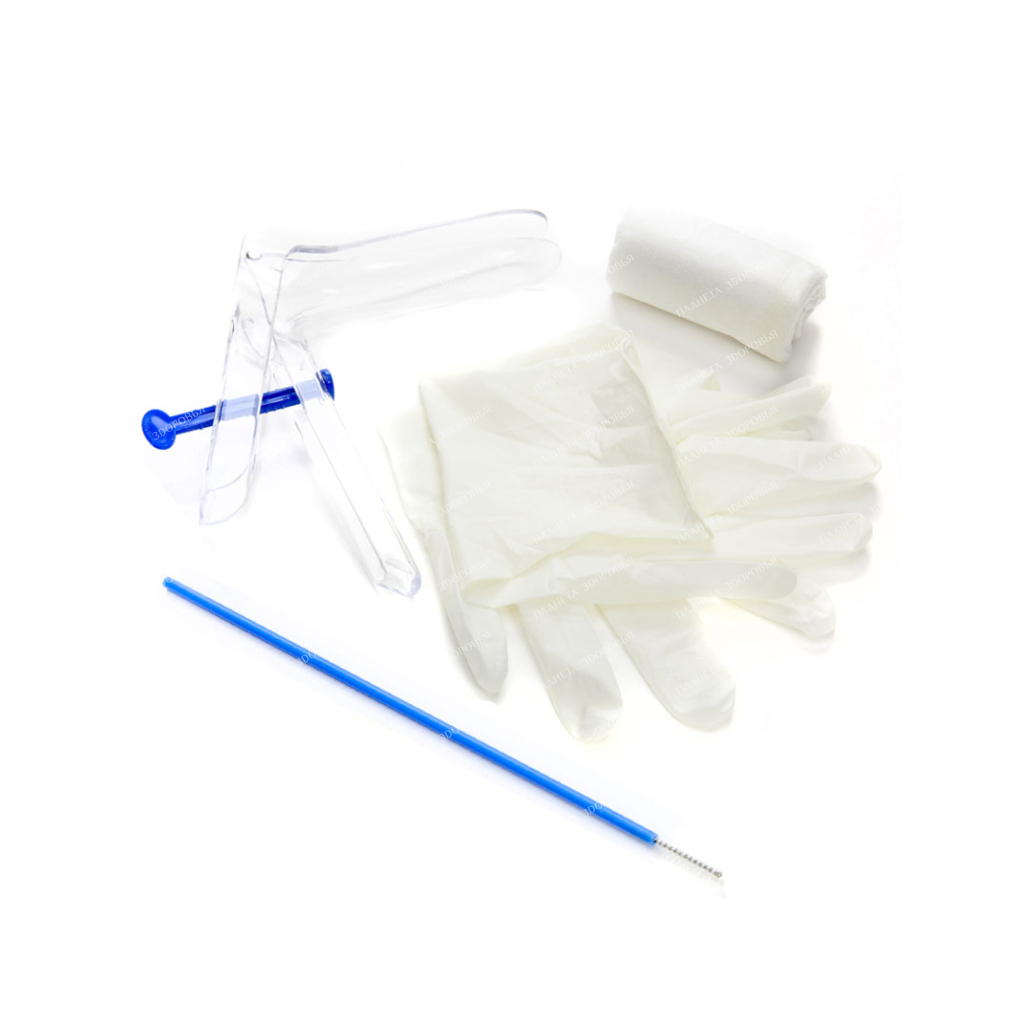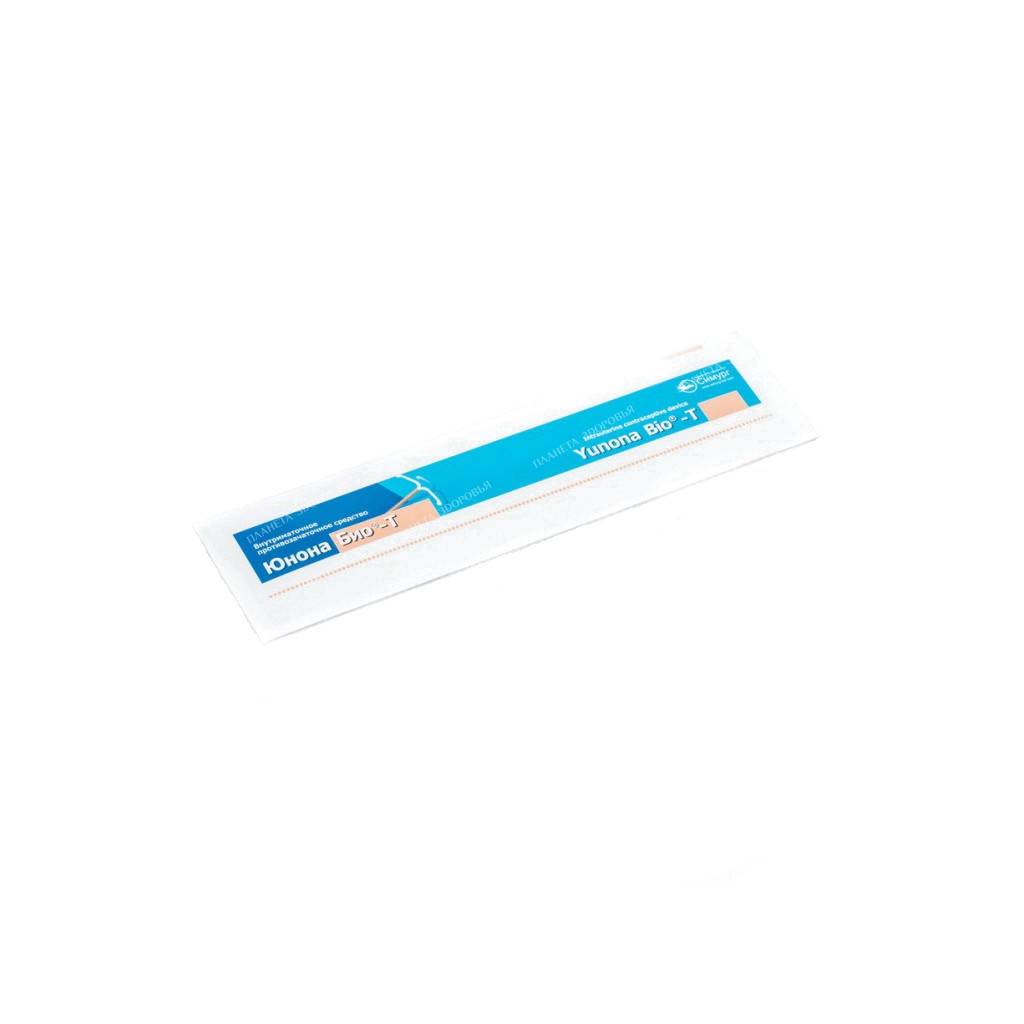
Name: Navy Yunona Bio-T. Active ingredient Silver. Producer Simurg, Russia. Pharmacological action • The contraceptive 'Junona Bio-T' is a classic model of the T-shaped medical IUD. • Anchor is made of high pressure polyethylene and has a shape with specified mechanical characteristics. The horizontal hangers of the IUD end with olives. A copper wire is placed around the vertical rod. At the end of the rod there is a loop for attaching two transcervical threads. • Anchor length 36 mm, width 32 mm. The area of the copper braid is 380 mm. • The degree of purification of the copper coating is 99.998%, the diffusion rate of the release of Cu2 + 10-15 μg / day. • The IUD is supplied in a blister pack complete with a 4.5 mm diameter polymer insertion tube and plunger. The inlet tube has a movable plastic limiter to indicate the depth of introduction of the agent and the direction of the opening plane of the anchor arms. • Sterilization - gamma irradiation. •Maximum duration of application: 5 years. • The recommended insertion technique is the 'withdrawal' method. • A distinctive feature of the 'Juno Bio-T' series of IUDs is the preservation of a constant and independent of uterine contractions, efforts at the points of contact between the shoulders of the contraceptive and the endometrium, which ensures the optimal spatial location of the agent in the uterine cavity (high standing of the contraceptive and its pressing to the bottom of the uterus during physiological abbreviations). Indications Unexpected pregnancy. Treatment and prevention of Asherman's syndrome. As a postcoital means, the IUD of the Junona Bio-T series can be administered within 3-4 days after unprotected intercourse. Contraindications Pregnancy (suspected or confirmed), malignant diseases of the female genital organs, inflammatory processes of the pelvic organs, bleeding from the genital organs of unknown etiology, abnormalities in the development of the uterus, fibroids for more than 8 weeks, endometriosis of any localization, allergies to copper. With caution, it is necessary to use the IUD at a high risk of developing sexually transmitted diseases (the presence of several sexual partners), anemia (hemoglobin less than 90 g / l), in nulliparous women, with blood diseases, in patients with a history of ectopic pregnancy. How to take, the course of administration and dosage Recommended terms for the introduction of a contraceptive: - any day of the menstrual cycle (preferably from 4 to 19 days) - immediately after a medical abortion performed by vacuum aspiration or curettage - at the end of uterine involution (5-6 weeks after uncomplicated childbirth) incl. against the background of lactational amenorrhea - immediately after the removal of the IUD, the period of use of which has expired, if the woman wishes to continue intrauterine contraception - for the purpose of postcoital contraception - 3-4 days after unprotected intercourse. Adaptation to the IUD: During the period of adaptation of the patient's body to the IUD (3-4 months), changes in the menstrual cycle are possible. Menstrual bleeding may be accompanied by pulling pain in the lower abdomen or sacral region, which, as a rule, subsides quickly. In order to increase the acceptability of the IUD and reduce the period of adaptation to the contraceptive, it is recommended: - conducting a thorough examination of women for contraindications to the use of the IUD - a differentiated approach to choosing an IUD model, based on the individual characteristics of the woman's body, plans for childbearing, the time of contraceptive insertion - using the correct technique the introduction of an intrauterine contraceptive and the optimal timing for its installation - according to indications, prophylactic administration of antibiotics and prostaglandinogenesis inhibitors in the first days after administration and during the first three menstrual bleedings. Device type Intrauterine T-shaped contraceptive. Purpose • The desire of a woman to protect herself from pregnancy. •Treatment and prevention of Asherman's syndrome. •As a postcoital means, the IUD of the 'Juno Bio-T' series can be inserted within 3-4 days after unprotected intercourse. Description: A distinctive feature of this contraceptive is the provision of constant, optimal, regardless of the size of the uterus, efforts at the points of contact between the IUD and the uterine mucosa, which ensures versatility - the possibility of using this contraceptive for any woman. Special instructions Intrauterine contraception is the introduction of small-sized means (IUD) into the uterine cavity. The period of adaptation of the body to the IUD lasts about 3 months. Immediately after the installation of an intrauterine contraceptive, you may be disturbed by slight bloody discharge from the genital tract, slight pain in the lower abdomen, which should disappear in 2-3 days. To relieve pain, you can take 1-2 tablets of analgin or aspirin. Within 8-10 days it is necessary to refrain from sexual activity, increased physical activity, sports, visiting the bath, sauna. Even if you feel well after 10 days, you should contact the doctor who inserted the IUD. Within 2-3 months after the introduction of the IUD into the uterus, menstruation may be more abundant and prolonged, sometimes there are slight spotting from the genital tract between menstrual bleeding. During menstruation, it is advisable to pay attention to sanitary pads in order to notice the loss of the spiral with menstrual flow in time. Repeated examinations at the gynecologist You should go through 1, 3, 6 months after the introduction of an intrauterine contraceptive, then 1-2 times a year during the entire time of using the IUD. When using intrauterine contraception, you must follow the usual hygienic regimen. However, as with any modern method of contraception, complications may occur: delayed menstruation (pregnancy can very rarely occur) pain in the lower abdomen, pain during intercourse, fever, unusual discharge from the genital tract (signs of the development of inflammatory diseases of the genital tract organs) after three months, menstruation remains long, plentiful, weakness, a feeling of malaise appeared (signs of impaired adaptation to the IUD). If these signs appear, you should immediately consult a doctor. After the expiration of the period of use of the IUD, which was indicated to you by the doctor, the contraceptive must be removed. If you like this method of contraception and would like to continue it, after a preliminary examination on the day of removal of the 'old' IUD, you can install a new one. Remember that you can remove the intrauterine device at any time you wish. This method of contraception does not affect fertility (pregnancy can occur immediately after the removal of the IUD, regardless of the duration of its use). The IUD is removed from the uterus easily, painlessly, but you should not do it yourself. Release formIntrauterine contraceptive. Storage conditionsKeep in a dry, dark place. Terms of dispensing from pharmaciesBy prescription Buy Intrauterine device Juno Bio-T Price for Intrauterine device Juno Bio-T Instructions for use for Intrauterine device Juno Bio-T
